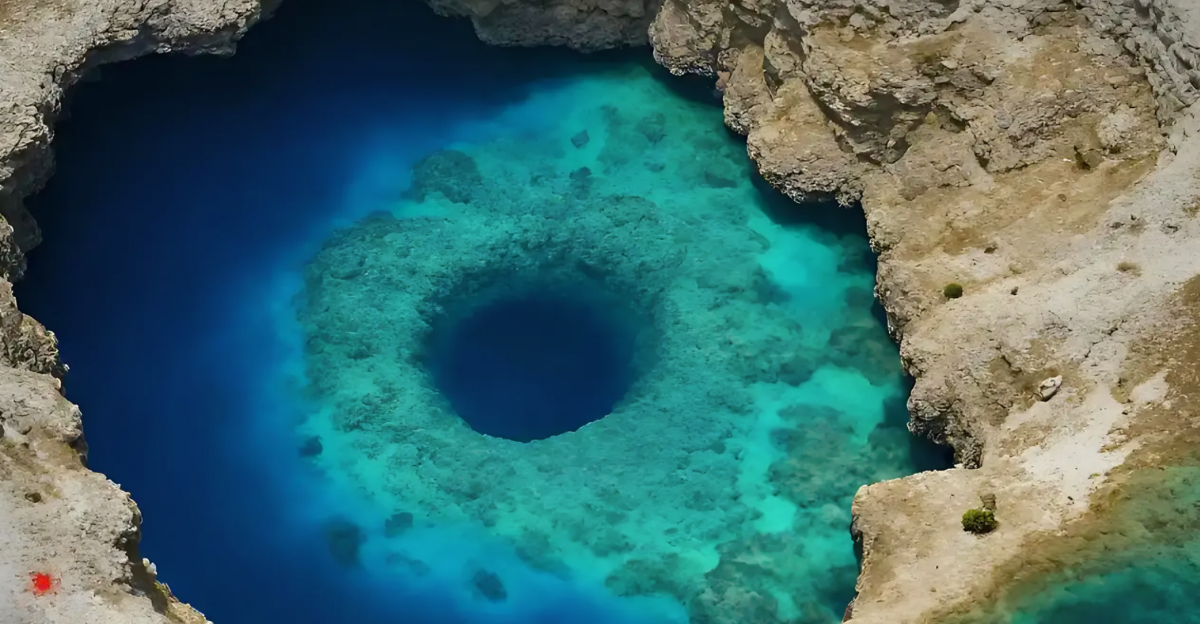
Beneath Oregon’s iconic Cascade Range, something massive and unexpected has been quietly shaping the landscape for millennia.
Scientists recently stumbled upon a phenomenon so vast it’s sparked debate in research labs, water departments, and social media outlets. It’s not about gold or oil but a far more valuable resource—one that could reshape how the West survives drought and climatic disaster.
Whispers of a “colossal sponge” have triggered both skepticism and wonder. Is this just another viral myth, or could the region’s future hinge on what lies hidden under layers of ancient lava? As you’ll see, the answer is stranger and more consequential than anyone guessed.
Why the World Is Watching Oregon’s Underground
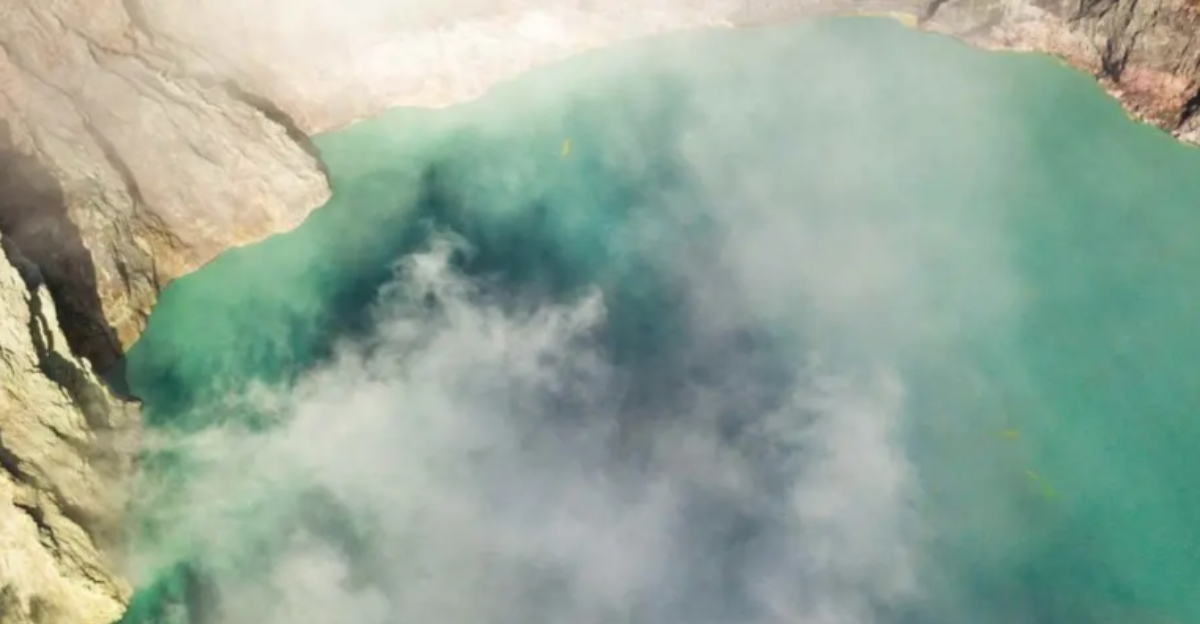
Since water scarcity is among the defining issues of the 21st century, the Pacific Northwest’s hidden wealth has drawn the attention of scientists, policymakers, and industry professionals worldwide.
The story has gone viral on Reddit’s r/science and prompted YouTube explainers because of its scale and ramifications: a potential game-changer for city planners, farmers, and climate resilience experts.
Oregon’s subterranean “sponge” offers hope and potentially a new paradigm for water management in an increasingly warm world.
A Finding That Struck Close to Home

It’s hard to overstate the importance of this finding. For Oregonians, whose rivers and cities rely on the Cascades’ snowmelt, water scarcity is no abstract issue but an intimate and urgent one.
Instagram posts show dry vistas, while TikTokers debate whether this underground reservoir could save their towns.
There’s something urgent about a silent, unseen force that has been quietly sustaining life, and may just continue to do so as the climate shifts. It raises questions about the promise of security in uncertain times and the terror of not knowing whether this “sponge” is truly equal to the challenge.
How Do Volcanoes Become Water Sponges?

The science behind Oregon’s underground reservoir is as fascinating as the discovery itself. The Cascade Range, built by millions of years of volcanic eruptions, is layered with permeable lava flows and broken rock, perfect for trapping and storing water.
Snowmelt seeps into these youthful volcanic formations, flowing through fractures and conduits, sometimes circulating for centuries before emerging as springs.
Originally drilled to map hot spots, geothermal boreholes revealed cooler-than-expected temperatures, evidence of massive water movement deep below.
Volcanic Aquifers Sustain Entire Ecosystems
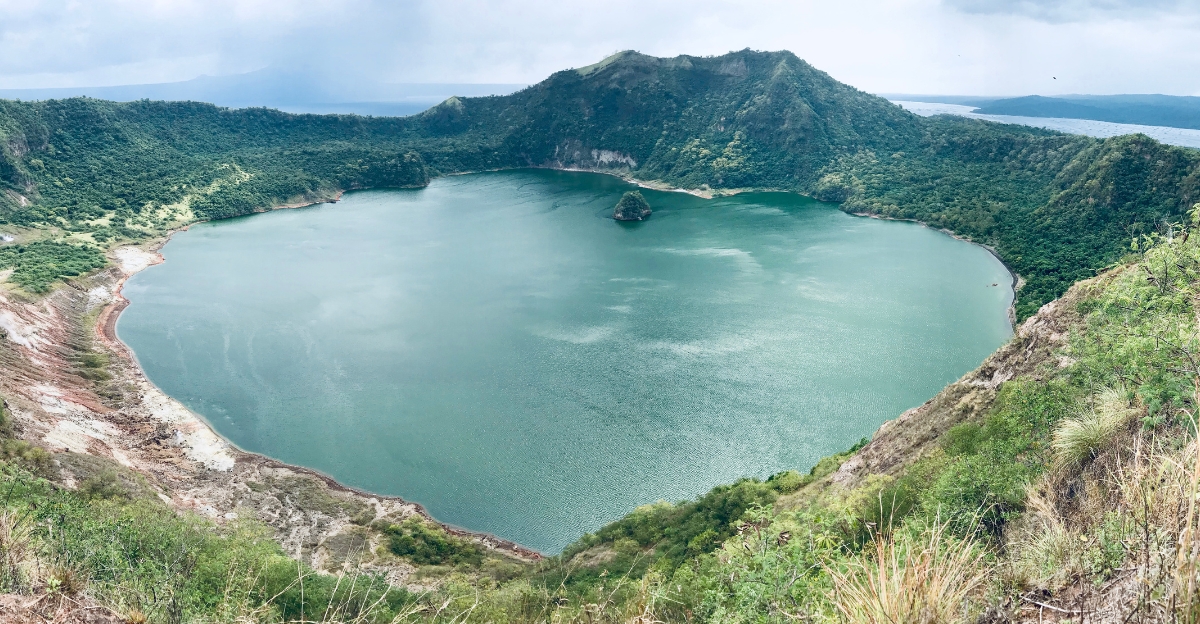
Volcanic aquifers, like Oregon’s, don’t just store water; they sustain entire ecosystems on and beneath the surface. When water is filtered through fissures in lava, it re-emerges as springs and streams, becoming a lifeline for animals.
Fish, frogs, birds, and mammals all benefit from it, especially when surface water vanishes in drought conditions. Below ground, life continues to thrive as volcanic groundwater habitats host exotic invertebrates, like endangered crustaceans, amphipods, and copepods found nowhere else in the world.
All of these creatures thrive in the permeable, nutrient-rich environment, creating foundational food webs that cascade outward to nourish forests, wetlands, and the region’s famous salmon runs.
A Sponge Twice the Size of California’s Reservoirs
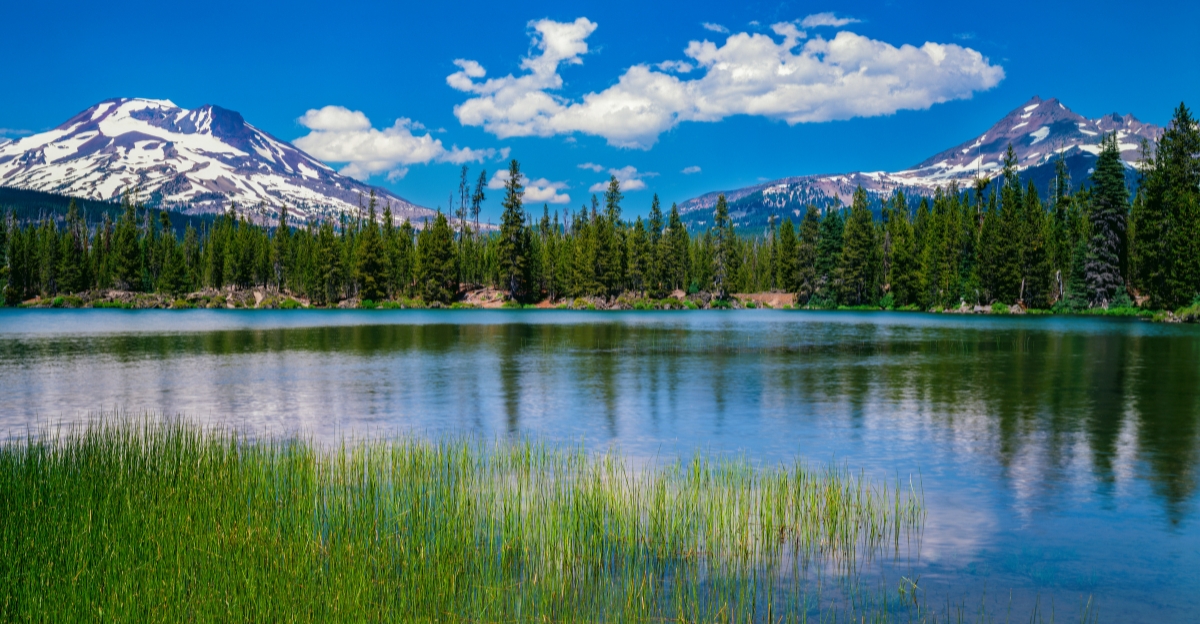
So what’s all the fuss really about? It turns out that scientists have confirmed that this volcanic aquifer holds at least 81 cubic kilometers of groundwater, double that of all of California’s reservoirs combined.
It’s nearly three times the volume of water in Lake Mead, the nation’s largest reservoir, and more than half of Lake Tahoe’s water. This “giant sponge” not only supplies rivers and cities; it could change how the West manages drought, agriculture, and urbanization.
It’s not just about water; this hidden reservoir is also rewriting scientists’ understanding of volcanic hazards since water interactions with magma can power explosive eruptions.
How Big Is Big? Sizing Up to California’s Giants
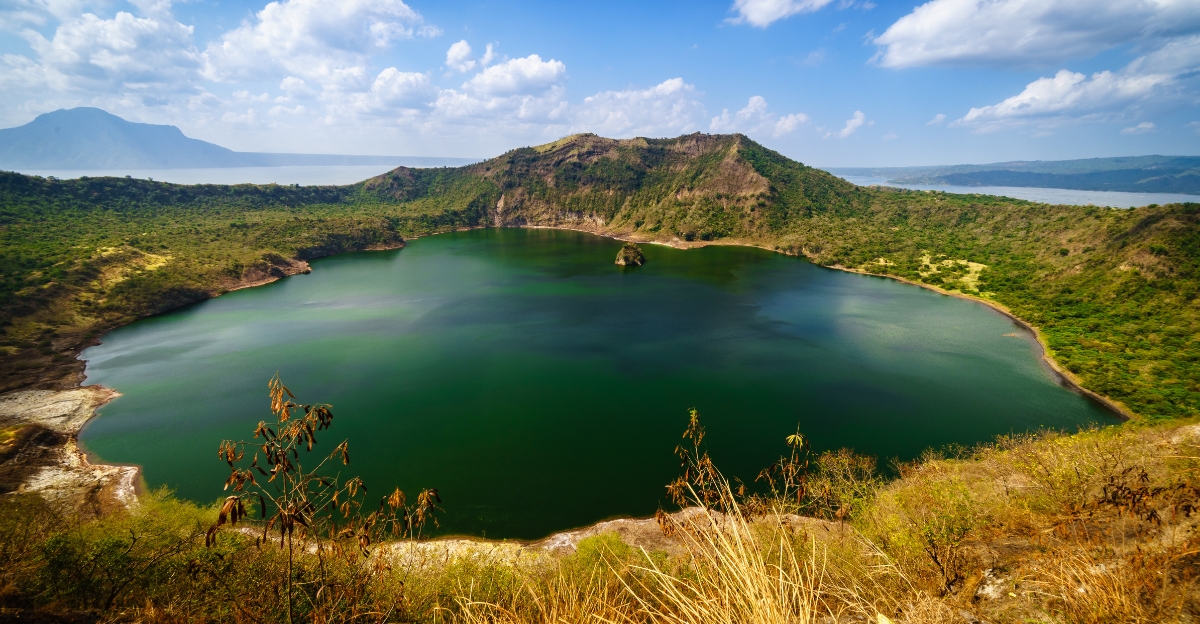
To get a better sense of its size, compare Oregon’s aquifer to California’s iconic reservoirs. Shasta Lake, the state’s largest, holds just over 5.6 cubic kilometers; the combined capacity of the top 200 California reservoirs is about 51 cubic kilometers, roughly a 30 cubic kilometers difference.
The Cascades’ “sponge” makes all of them seem small, holding enough water to fill every major California reservoir twice. This is a continental anomaly, where a natural system could supply millions. Thus, as researchers caution, its value lies in careful management, not reckless exploitation.
Water, Magma, Wildlife, and the Environment
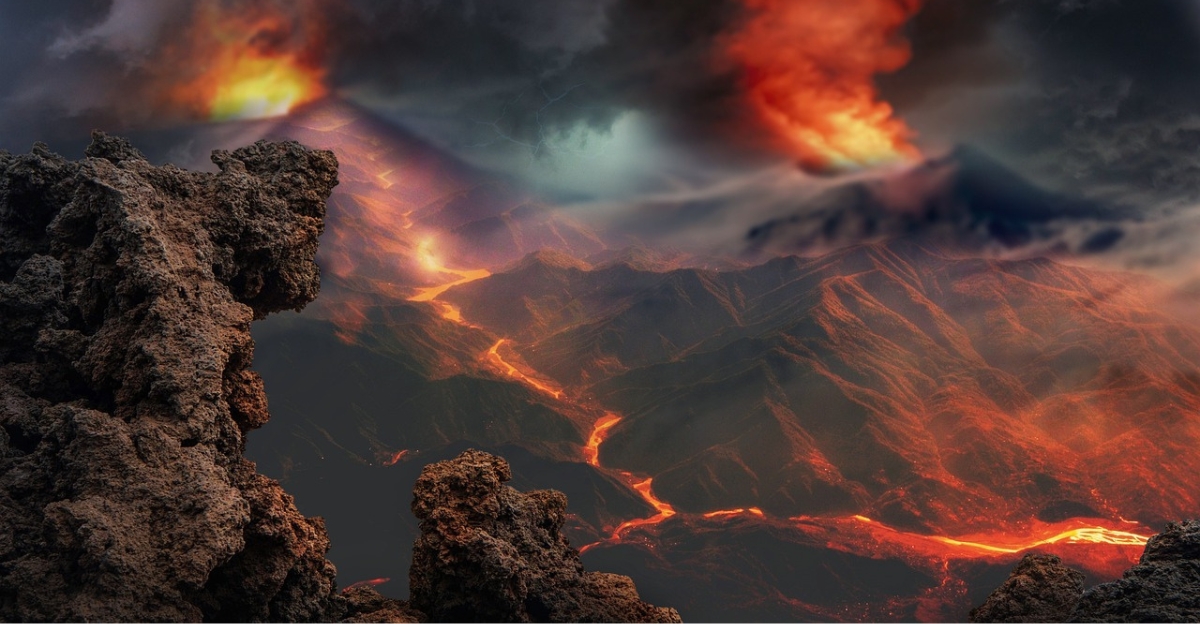
When water is held in volcanic rock and interacts with rising magma, it can produce the most intense and explosive volcanic eruptions. In these instances, magma temperatures rapidly boil away groundwater, creating explosions of pressure that can shatter rock and propel ash, gas, and debris into the air.
The environmental effects are rapid and widespread: flows and ash clouds incinerate forests, suffocate rivers, and annihilate plant and animal ecosystems. Wildlife is particularly threatened as eruptions result in extreme habitat loss, water contamination, and the disruption of food chains, where recovery can take decades or longer.
May This Aquifer Revolutionize Your Water Bill?
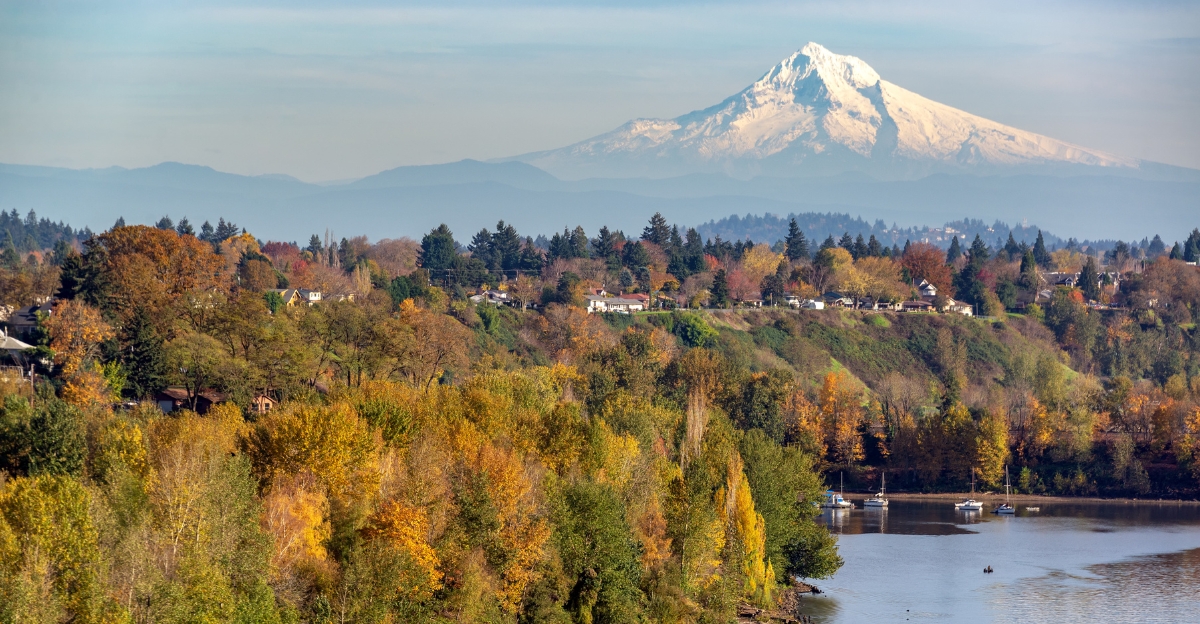
This aquifer doesn’t just host life. It can benefit humans, too. If managed well, this underground bank could cushion Eugene and Portland from future water shortages, stabilize prices, and make agriculture more resilient to prolonged droughts.
There is a catch, though: groundwater is already being consumed faster than it’s naturally replenished, and climate change will likely widen this gap. State water authorities are rushing to update rules and prioritize sustainable management, knowing that overuse would transform today’s gift into tomorrow’s disaster.
Therefore, the promise of water security is real, but there are also risks to this security.
Beyond Oregon—A New Era for Sponge Science
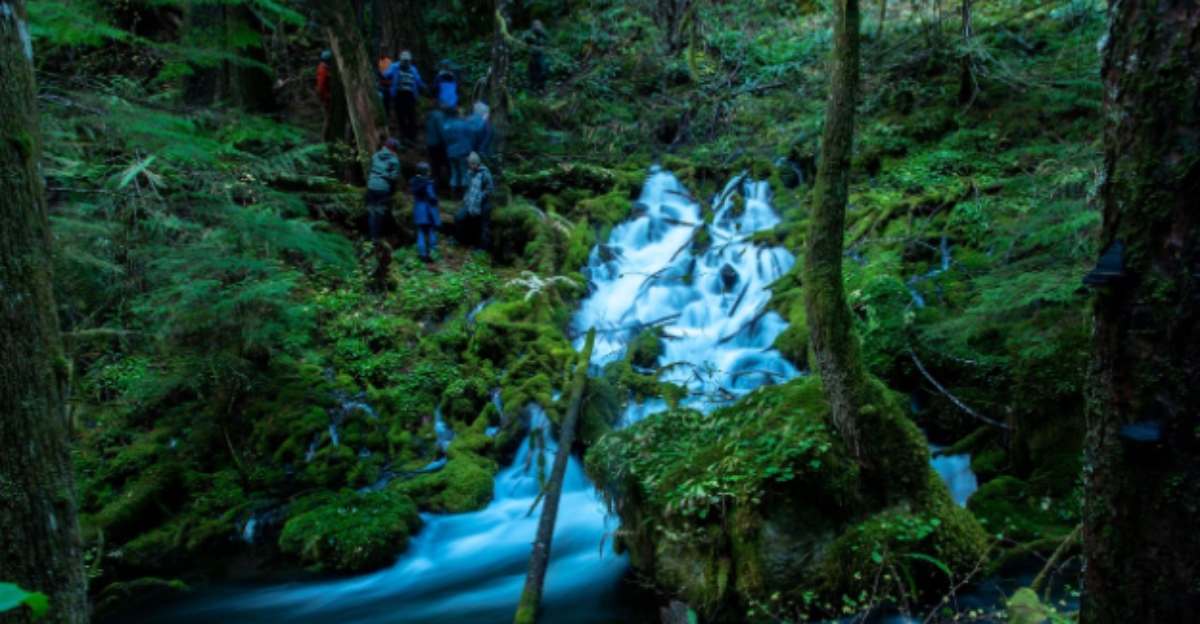
The story doesn’t end at the state line. Researchers now suspect that similar volcanic aquifers exist elsewhere, from Mount Shasta to the Columbia Gorge.
This has spawned a rush of research on deep-sea sponges, groundwater biodiversity, and the interplay between geology and hydrology. The discovery is prompting new questions about how such systems evolve, how they engage with ecosystems, and what role they will play in a future of increasing climate volatility.
The “sponge” is now a national icon—a reminder that nature’s complexity can surprise us, and that our knowledge about water, life, and land continues to shift.
What If We Get This Wrong?

The stakes are high. Oregon’s aquifer could become a model of resilience, enabling communities to weather drought and adapt to a changing climate. However, if it’s exploited, polluted, or destabilized by earthquakes, it could instead trigger cascading failures—dried-up rivers, threats to wildlife, and even increased volcanic risk.
The lesson here is clear: abundance breeds complacency. As policymakers, scientists, and citizens debate how to manage this resource, the challenge is to balance short-term needs with long-term sustainability. The question is not just “how much water do we have?” but “how wisely will we use it?”
Will Oregon’s Sponge Save the West?

As the story spreads like wildfire on social media and in political circles, one thing is certain: Oregon’s massive underground sponge pushes the boundaries of what is believed feasible in water science and management.
Will it prove to be a lifeline for drought-stricken cities, a cautionary tale of over-exploitation, or new insight into Earth’s invisible systems? The answer lies in the hands of our policymakers, scientists, and citizenry.
The mystery beneath Oregon’s mountains has been revealed, but its impact is only beginning. The greatest challenge is whether humans can turn this geological marvel into a lasting legacy for the West.
Explore more of our trending stories and hit Follow to keep them coming to your feed!

Don’t miss out on more stories like this! Hit the Follow button at the top of this article to stay updated with the latest news. Share your thoughts in the comments—we’d love to hear from you!







